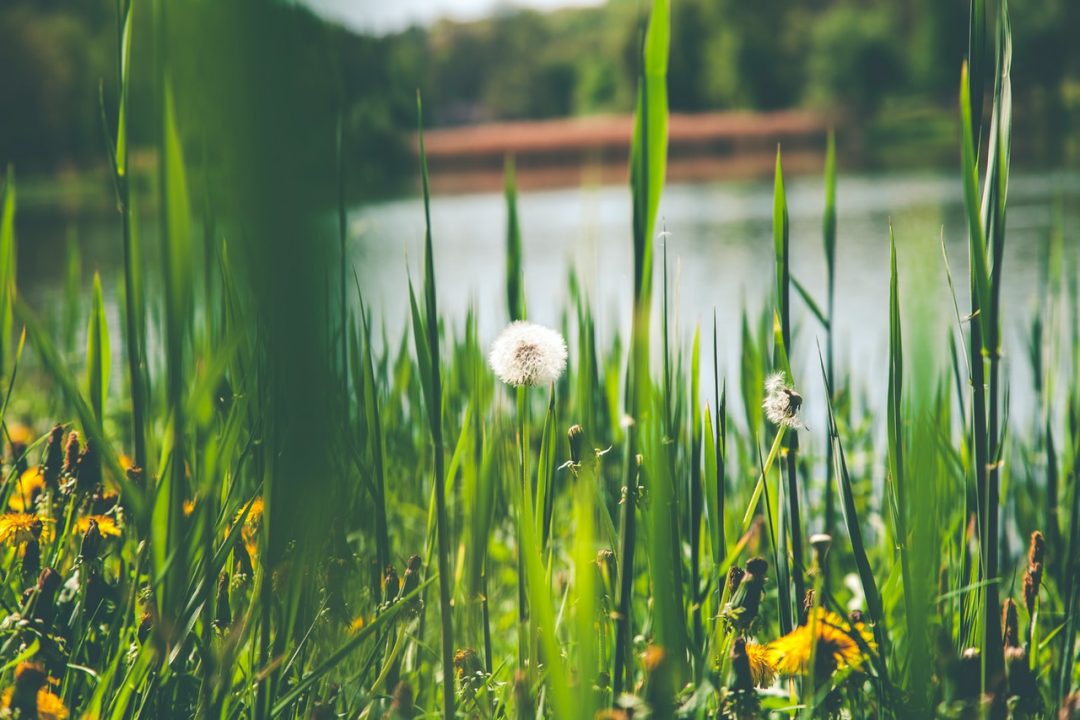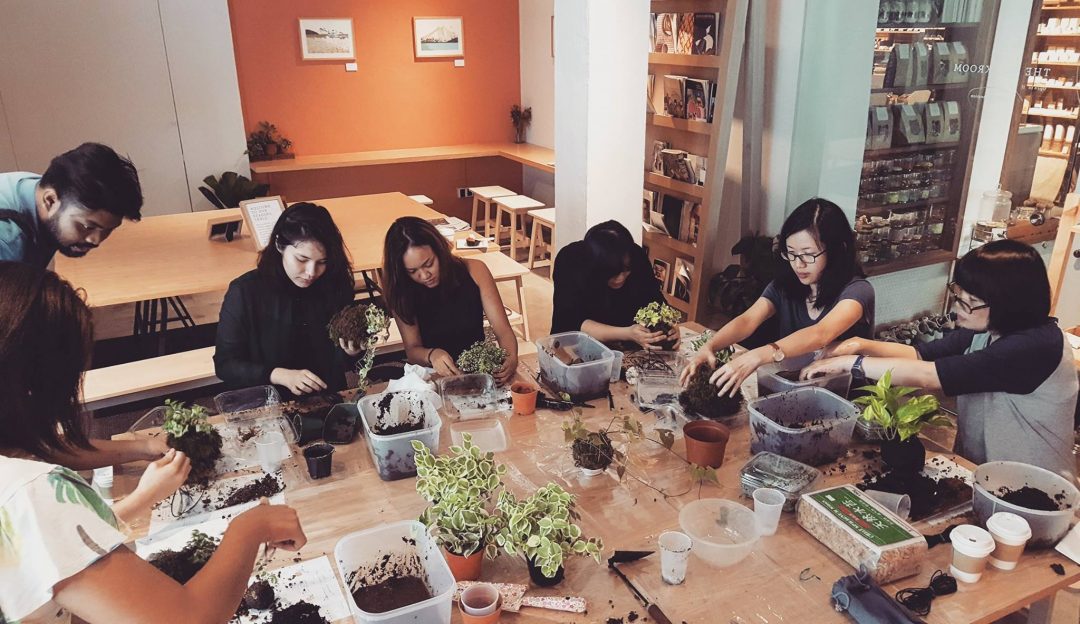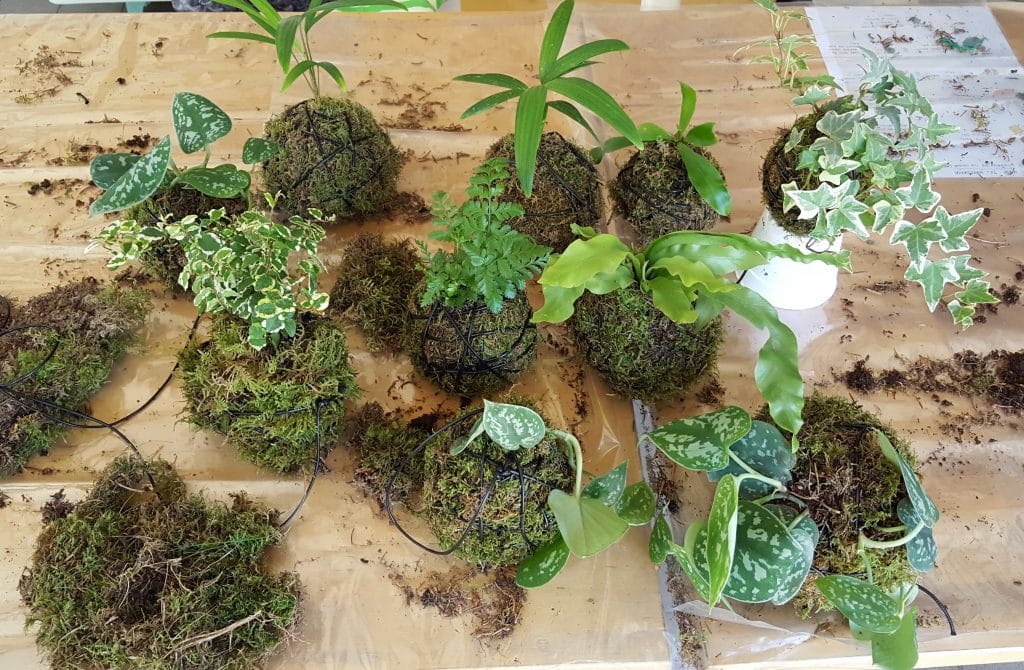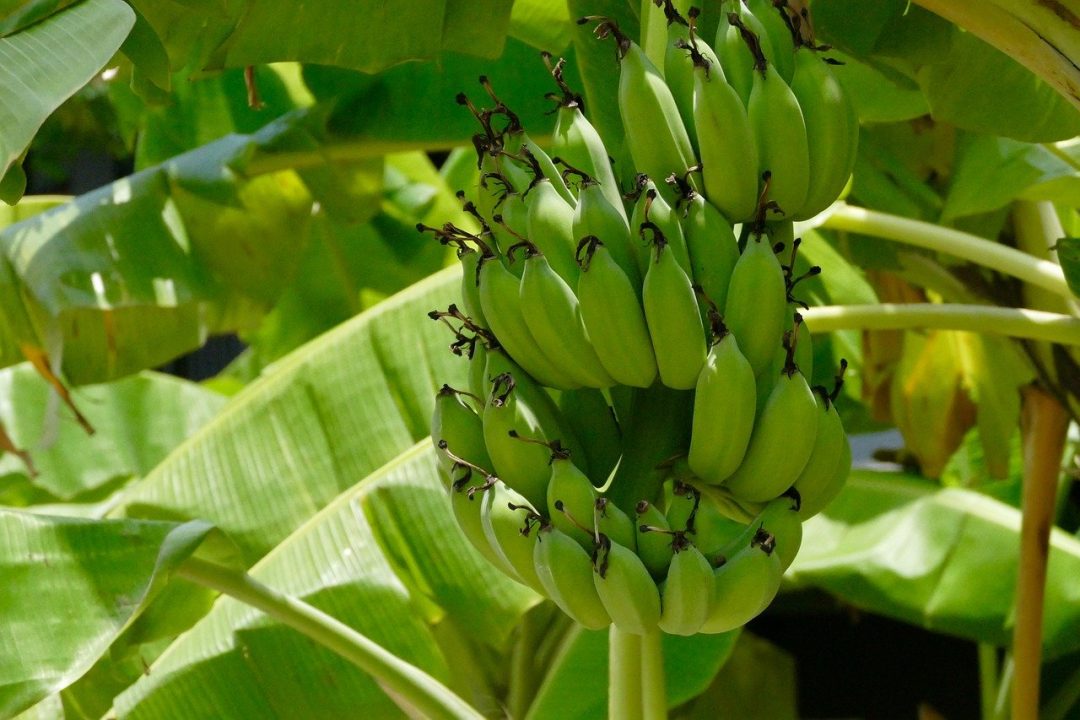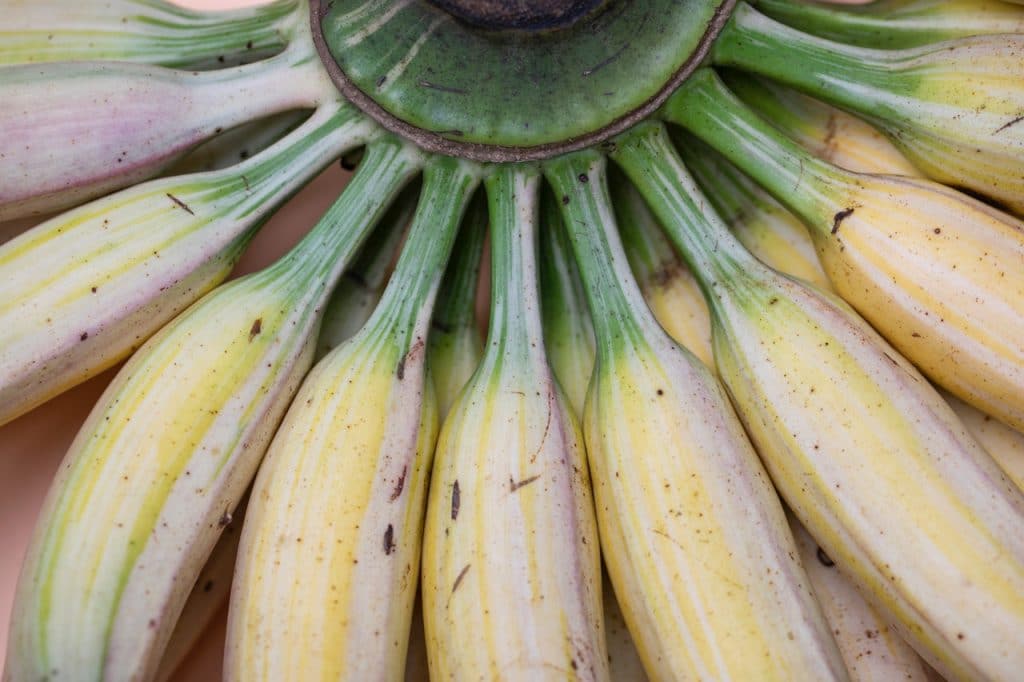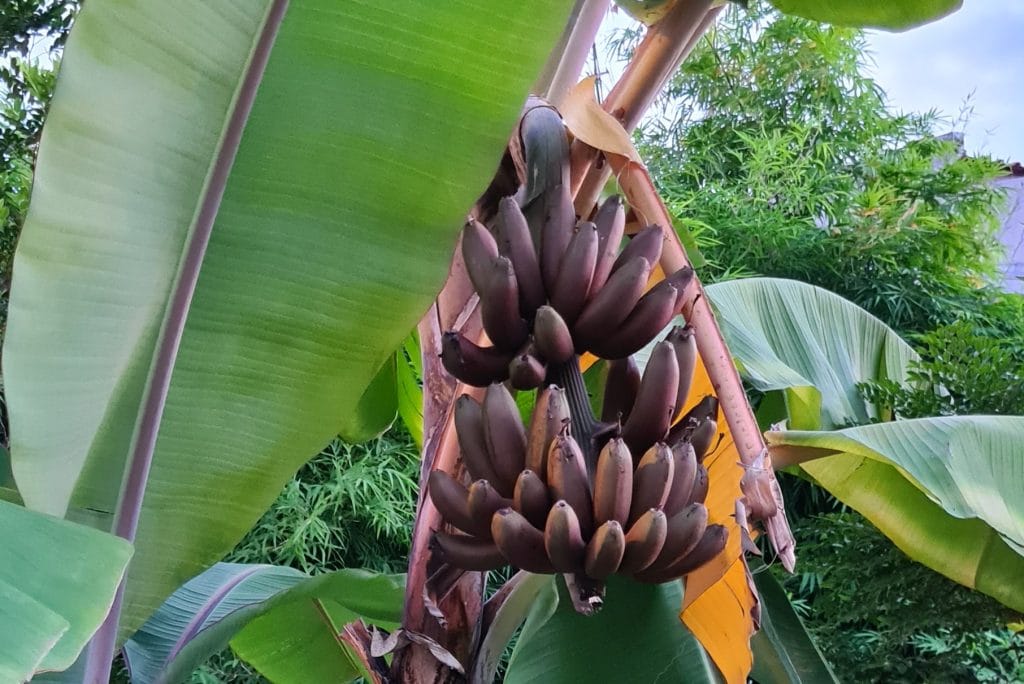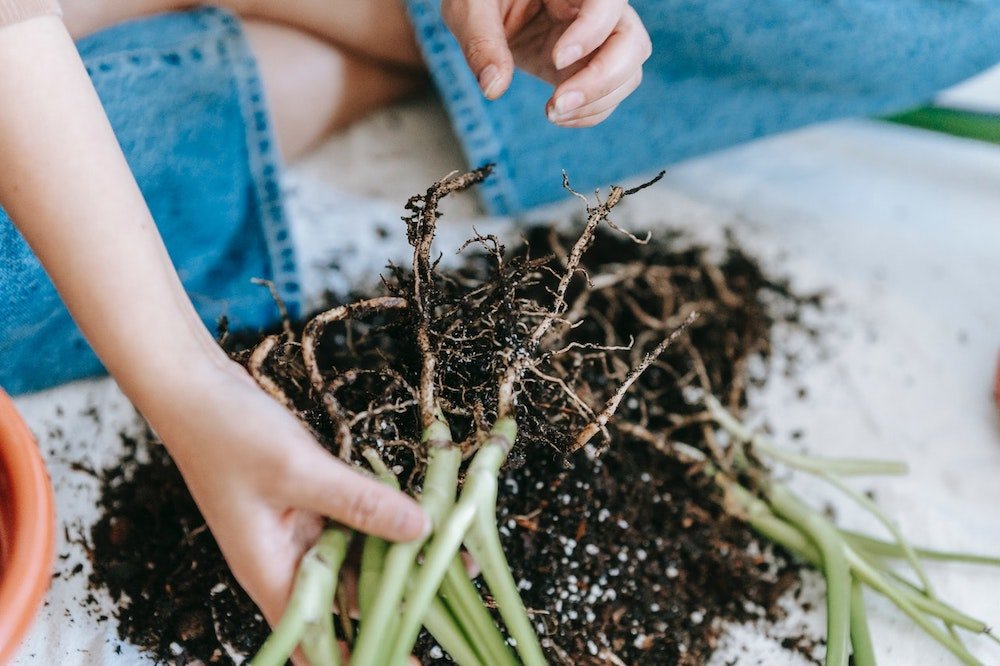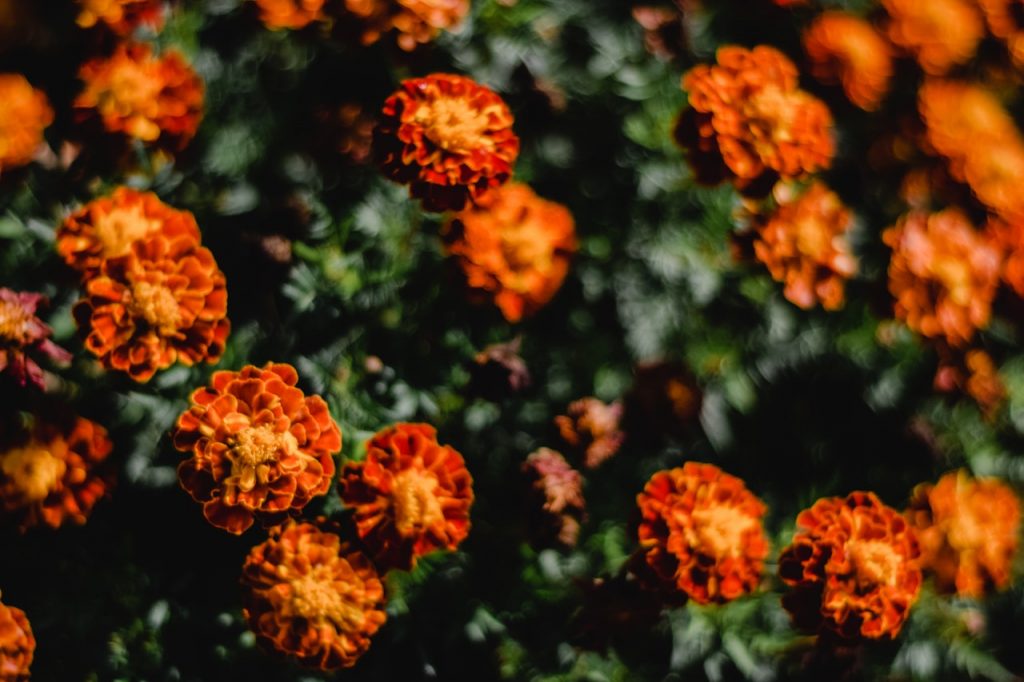If you have a garden, chances are you will eventually have to deal with weeds. Weeds can take over your garden quickly and can be difficult to get rid of. In this blog post, I will discuss how to clear a garden full of weeds using mainly natural methods.
You will most likely require a combination of weed management methods depending on the area you are tackling, especially if you have different varieties of weeds growing in your garden. The methods suggested below also depend on what is practical for you in terms of time and budget.
Where to start?
If you have a garden full of weeds and are wondering where to start, begin with identifying the type of weed and consider the size of the weed. This will help you determine which management method to use. Weeds that have deep roots, such as dandelion, will need a different method compared to chickweed, which has shallow roots.
If the weeds have shallow roots and occupies only a small area, you may be able to pull it up by hand. Larger, thicker weeds may require machinery and/or hand tools to dig them up.
The best time to eradicate weeds is before they flower and develop seeds. In addition, pulling weeds when they are young is easier than waiting until they are mature. Mature weeds have deeper roots that are harder to remove.

